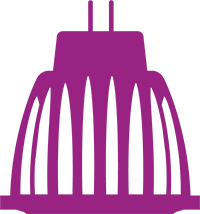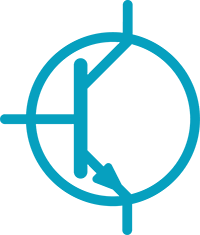Next international conference on Energy Efficiency in Motor Driven Systems (EEMODS)
The next EEMODS takes place on 19 – 21 May 2026 in Berlin. Abstracts can be submitted until 31 January 2026.
Governments with effective, mature, energy efficiency programmes covering a diverse range of appliances and equipment.
National and regional governments are represented by entities responsible for energy efficiency policy.
The International Energy Agency (IEA) works with governments and industry to shape a secure and sustainable energy future for all.
Stay up to date with the latest news stories from the IEA below:
Collaborative research and development activities are undertaken within the 4E Platforms, connecting governments with experts and industry. Each target technology areas with a large potential for energy savings where a sustained focus builds knowledge and networks.
The next EEMODS takes place on 19 – 21 May 2026 in Berlin. Abstracts can be submitted until 31 January 2026.
The Government of Australia withdraws from EMSA, following which EMSA has 9 members.
In a new report, commissioned by the 4E TCP EDNA Platform and the Users TCP, the Austrian Institute of Technology conclude that policy and behavioural measures are as important as technical ones.
In a report, commissioned by the 4E TCP EDNA Platform and Users TCP, the Austrian Institute of Technology explores how flexibility can be understood, quantified, and enabled in practice. The report introduces a high-level model that links technical capabilities, economic drivers, behavioural aspects, and policy frameworks to estimate the overall flexibility potential of distributed assets.
This report report describes the results of a test series of industrial Silicon Carbide Variable Speed Drives, revealing clear efficiency advantages, but also the need for further research on challenges.
This Nucleus Laboratory Comparison report – Part 2 is part of the 2023 Interlaboratory Comparison (IC 2023). IC 2023 is investigating the degree of agreement in the measurements of temporal light modulation (TLM) quantities, in particular, short-term flicker indicator (PstLM), and stroboscopic effect visibility measure (SVM).
The accurate and repeatable testing of products is a basic requirement for energy efficiency programmes and therefore improving tests for variable capacity air conditioners & heat pumps is important. It is particularly timely given the growth in these types of products. 4E is examining potential changes to relevant test procedures culminating in a round robin within 4E countries which will be completed at the end of 2022.
As part of an ongoing investigation, 4E launched a new project in 2021 to better understand the real and current barriers to regulatory policies for systems in 4E jurisdictions. Based on three case studies, the project will focus on Australia, Canada, the EU and Japan.
Additionally, the project will quantify the total savings potential from the implementation of policies for energy-using systems.
This global assessment of the benefits of standards and labelling programmes is the result of collaborative research between 4E and the IEA. Published in 2021 during the lead-in to COP26 it supports the case for increased investment in these programmes to deliver on international climate commitments.
 News
NewsEnergy Efficiency 2025 is the IEA’s primary annual analysis on global energy efficiency developments, showing recent trends in energy intensity and demand, investment, employment and policy. The report provides sector-specific analysis on industry, buildings, appliances and transport and explores system-wide themes such as emissions reductions, energy security, affordability and competitiveness.
New podcast episode highlights key takeaways from IEA’s World Energy Outlook 2025.
The IEA’s flagship World Energy Outlook (WEO) is the most authoritative source of global energy analysis and projections. Updated annually to reflect the latest energy data, technology and market trends, and government policies, it explores a range of possible energy futures and their implications for energy security, access and emissions.


































